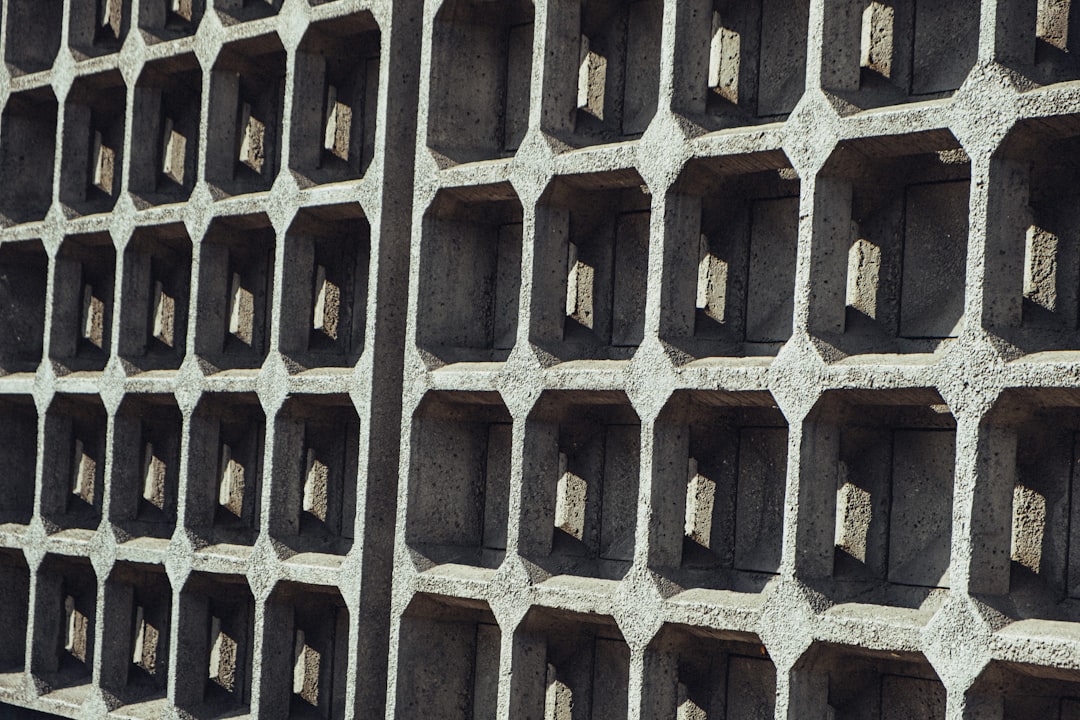Galvanized steel, a ubiquitous material in construction, infrastructure, and manufacturing, owes its widespread use to its exceptional corrosion resistance. But what exactly makes it so durable? This comprehensive guide delves into the science behind galvanized steel’s protective properties, exploring its applications and limitations.
The Science Behind Galvanized Steel’s Corrosion Resistance
Galvanization is a process of applying a protective zinc coating to steel. This coating acts as a sacrificial anode, meaning it preferentially corrodes instead of the underlying steel. This is due to the electrochemical properties of zinc. Zinc is more electropositive than iron (the primary component of steel), meaning it readily loses electrons. When exposed to the environment, zinc reacts with oxygen and moisture, forming a protective layer of zinc oxide and zinc carbonate. This layer prevents further corrosion of the underlying steel, providing long-term protection.
The thickness of the zinc coating is crucial. Heavier coatings offer superior and longer-lasting protection. The type of galvanizing process also plays a significant role, with hot-dip galvanizing generally providing a thicker, more robust coating than electro-galvanizing.
Hot-Dip Galvanizing vs. Electro-Galvanizing: A Detailed Comparison
Hot-dip galvanizing involves immersing the steel into a molten zinc bath. This results in a thicker, more uniform, and generally more durable zinc coating compared to electro-galvanizing. The coating is metallurgical bonded to the steel substrate, ensuring excellent adhesion and longevity. However, it’s a more expensive process.
Electro-galvanizing, on the other hand, is an electrolytic process where zinc is deposited onto the steel through an electric current. This method is faster and cheaper than hot-dip galvanizing, but typically produces a thinner coating with potentially lower corrosion resistance, particularly in harsh environments. The choice between the two methods depends on the application’s specific requirements and budget constraints.
Factors Affecting the Lifespan of Galvanized Steel
While galvanized steel offers excellent corrosion resistance, its lifespan isn’t indefinite. Several factors can influence its longevity:
- Environmental conditions: Exposure to highly corrosive environments, such as saltwater or industrial atmospheres with high levels of pollutants, can significantly accelerate corrosion. Climate also plays a role; areas with high humidity and frequent rainfall will see faster degradation than dry, arid regions.
- Coating thickness: As mentioned earlier, thicker zinc coatings provide better protection.
- Surface preparation: Proper surface preparation before galvanizing is essential. Any rust, mill scale, or other contaminants on the steel surface can impede the adhesion of the zinc coating and compromise its effectiveness.
- Damage to the coating: Scratches, cuts, or other damage to the zinc coating can expose the underlying steel to corrosion. This is why proper handling and installation are crucial.
- Type of steel substrate: The underlying steel’s composition and quality can also affect the overall performance of the galvanized steel.
Applications of Galvanized Steel: Where it Excels
The remarkable corrosion resistance of galvanized steel makes it ideal for a wide range of applications, including:
- Construction: Roofing, cladding, structural components, and fencing.
- Infrastructure: Bridges, guardrails, and highway signs.
- Automotive: Body panels, bumpers, and other components.
- Manufacturing: Storage tanks, pipelines, and other industrial equipment.
- Agricultural: Fencing, livestock housing, and equipment.
Its versatility and durability make it a cost-effective solution for many applications where corrosion protection is paramount.
Maintaining and Extending the Lifespan of Galvanized Steel
While galvanized steel is inherently durable, proper maintenance can extend its lifespan significantly. Regular inspections for damage to the zinc coating are important. Minor scratches can be touched up with zinc-rich paint to prevent rust. In areas with particularly harsh environments, more frequent inspections and maintenance may be necessary.
Avoiding damage during handling and installation is also crucial. Proper storage to prevent scratching and abrasion is key to preserving the integrity of the zinc coating. In some cases, the application of protective coatings on top of the galvanized layer can further enhance its corrosion resistance.
In conclusion, the corrosion resistance of galvanized steel is a result of a well-understood electrochemical process. By understanding the factors influencing its lifespan and employing proper maintenance practices, we can maximize the longevity and effectiveness of this versatile and crucial material.
Tags: Galvanized steel, corrosion resistance, zinc coating, hot-dip galvanizing, electro-galvanizing, steel protection




